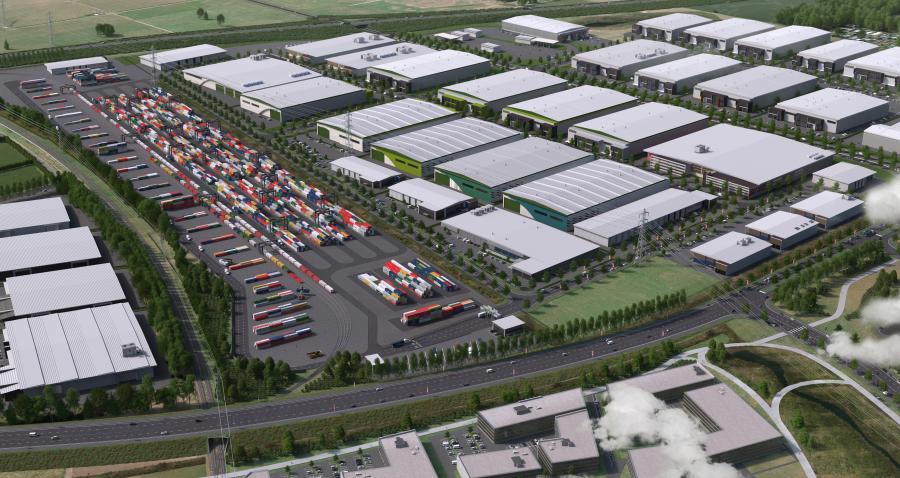Bold inland port developments around the country are shaking up the industrial sector and bringing new efficiencies to the fast-evolving supply chain market.
These intermodal hubs are supporting the transportation of freight, generating jobs in the regions and helping to ease the pressures on land and existing industrial property stock in the major centres.
They’re leveraging off existing rail networks and established transport arterials and providing a spark of change for other infrastructural work that will directly benefit those businesses that choose to locate their operations within these hubs.
If you’ve been trying to secure large-scale industrial warehousing or other space close to New Zealand’s major ports, you’ll know that such opportunities are scarce and come at a significant cost.
It may be time to look to regional hubs that have all the bells and whistles to make your business more efficient.
Supply chain dynamics changing
In the “Golden Triangle” of Auckland, Hamilton and Tauranga, business dynamics within the supply chain market are changing quickly.
Ports of Auckland has just cut the ribbon on its Waikato Freight Hub to help ensure a more streamlined and resilient supply chain network in the upper North Island.
The 33 hectare inland port site in Horotiu, between Hamilton and Ngāruawāhia, will help connect the regions with international markets and simplify freight movements between the ports of Auckland and Tauranga.
The Waikato Freight Hub acknowledges the important contribution that the Waikato region makes to the domestic economy through the significant export volumes that need to be efficiently transported by truck or train to and from a major port.
The Ports of Auckland project team is designing large-scale, market-leading and future-proofed buildings and early interest suggests that a wide range of industrial tenants will make their way to the hub.
Meanwhile, elsewhere in the Waikato, Tainui Group Holdings is developing the $3.3 billion Ruakura inland port and logistics hub – expected to eventually offer around 10 percent of New Zealand’s total industrial space.
It will leverage off the new Waikato Expressway interchange and other roading initiatives, along with the finalisation of plans for a major new rail siding for KiwiRail, to offer cost efficiencies along the supply chain network.
In the South Island, intermodal freight hubs in Rolleston such as MetroPort within the Izone industrial park and MidlandPort in the IPort Business Park are offering direct rail access for container freight to Lyttelton Port’s waterside operation.
Much of this industrial-zoned land has an open boundary to Lyttelton Port’s MidlandPort and offers huge scope for forward-thinking industrial business owner-operators.
Rolleston is on main roading connections, benefits from two rail lines – the main north-south line and the west coast connection – and the proposed new southern arterial motorway will further future-proof the location by halving the travel time from Rolleston to the Christchurch CBD to just 15 minutes.
Operators of all sizes are re-evaluating their business and property requirements and looking to base themselves in the regions to benefit from a more centralised location and provide access to lower cost housing for their staff – and that’s a real plus for the attraction and retention of a motivated workforce.
This interest is coming from significant players in the construction sector, food and beverage processing, retailing, and from businesses operating within, and leveraging off, the primary sector.
www.bayleys.co.nz/workplace/industrial/insights/inland-port-hubs


